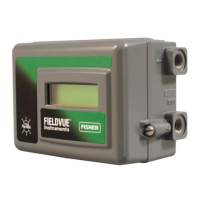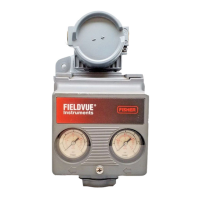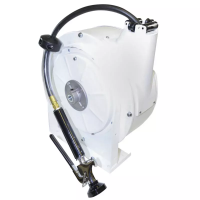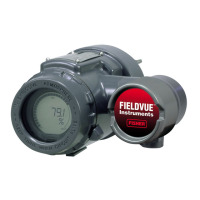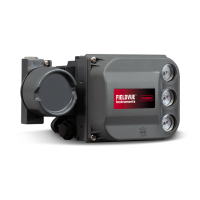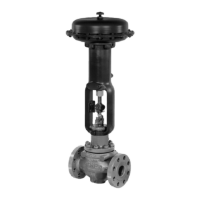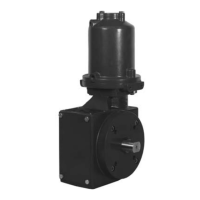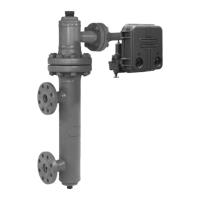Instruction Manual
D103409X012
Detailed Setup
May 2013
69
Instrument
Field Communicator Configure > Detailed Setup > Instrument (1‐2‐5)
Follow the prompts on the Field Communicator display to configure the following Instrument parameters: General,
Units, Analog Input Range, Relay Type, Zero Power Condition, Maximum Supply Pressure, Auxiliary Terminal Mode,
Instrument Date and Time, and Calibration Status and Type.
General
D HART Tag—Enter an up to 8 character HART tag for the instrument. The HART tag is the easiest way to distinguish
between instruments in a multi‐instrument environment. Use the HART tag to label instruments electronically
according to the requirements of your application. The tag you assign is automatically displayed when the Field
Communicator establishes contact with the digital valve controller at power‐up.
D Message—Enter any message with up to 32 characters. Message provides the most specific user‐defined means for
identifying individual instruments in multi‐instrument environments.
D Descriptor—Enter a descriptor for the application with up to 16 characters. The descriptor provides a longer
user‐defined electronic label to assist with more specific instrument identification than is available with the HART
tag.
D Date—Enter a date with the format MM/DD/YY. Date is a user‐defined variable that provides a place to save the date
of the last revision of configuration or calibration information.
D Valve Serial Number—Enter the serial number for the valve in the application with up to 12 characters.
D Instrument Serial Number—Enter the serial number on the instrument nameplate, up to 12 characters.
D Polling Address—If the digital valve controller is used in point‐to‐point operation, the Polling Address is 0. When
several devices are connected in the same loop, such as for split ranging, each device must be assigned a unique
polling address. The Polling Address is set to a value between 0 and 15. To change the polling address the
instrument must be Out Of Service.
For the Field Communicator to be able to communicate with a device whose polling address is not 0, it must be
configured to automatically search for all or specific connected devices.
Units
D Pressure Units—Defines the output and supply pressure units in either psi, bar, kPa, or kg/cm
2
.
D Temperature Units—Degrees Fahrenheit or Celsius. The temperature measured is from a sensor mounted on the
digital valve controller's printed wiring board.
D Analog In Units—Permits defining the Analog Input Units in mA or percent of 4-20 mA range.
Analog Input Range
D Input Range Hi—Permits setting the Input Range High value. Input Range High should correspond to Travel Range
High, if the Zero Power Condition is configured as closed. If the Zero Power Condition is configured as open, Input
Range High corresponds to Travel Range Low. See figure 4‐5.
D Input Range Lo—Permits setting the Input Range Low value. Input Range Low should correspond to Travel Range
Low, if the Zero Power Condition is configured as closed. If the Zero Power Condition is configured as open, Input
Range Low corresponds to Travel Range High. See figure 4‐5.
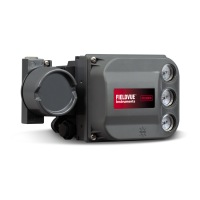
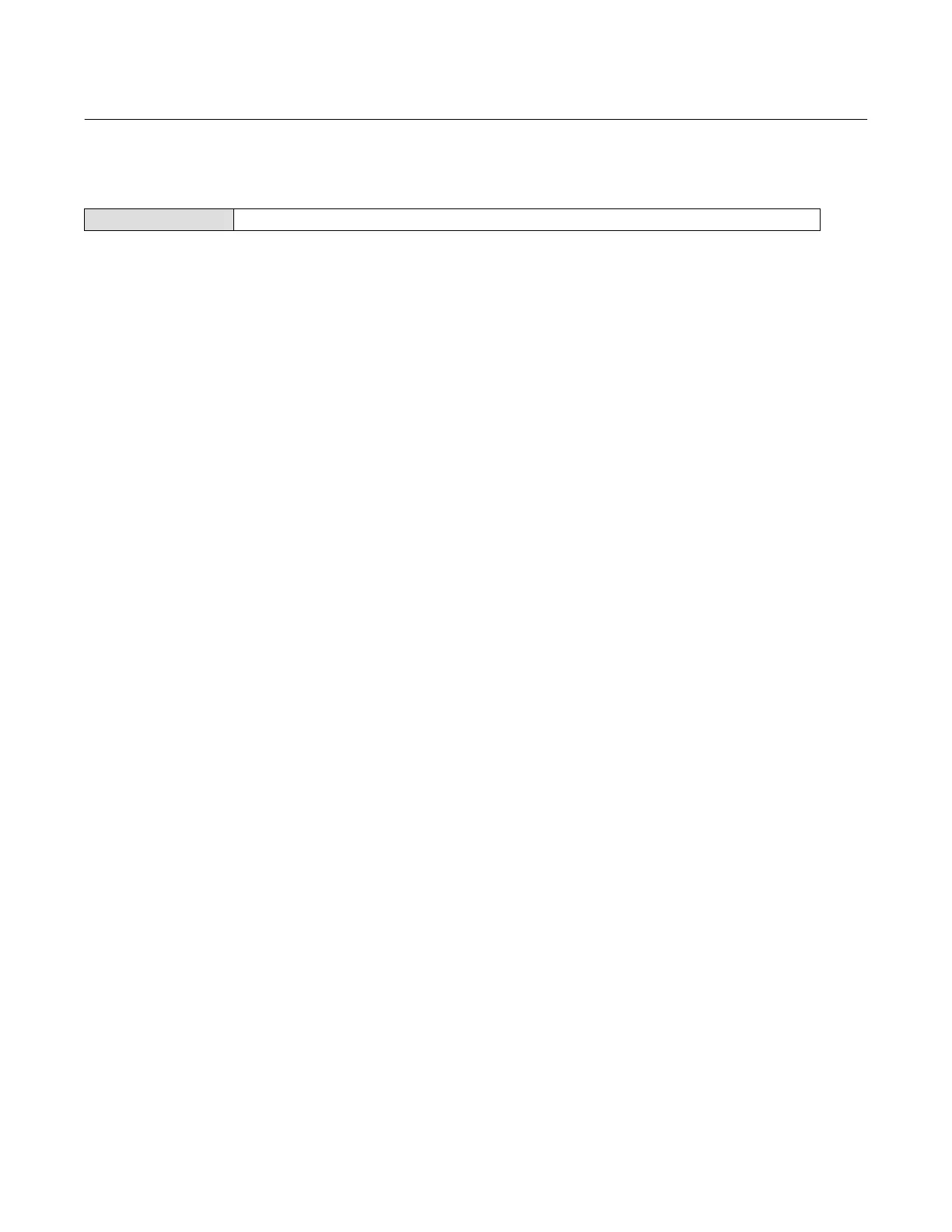